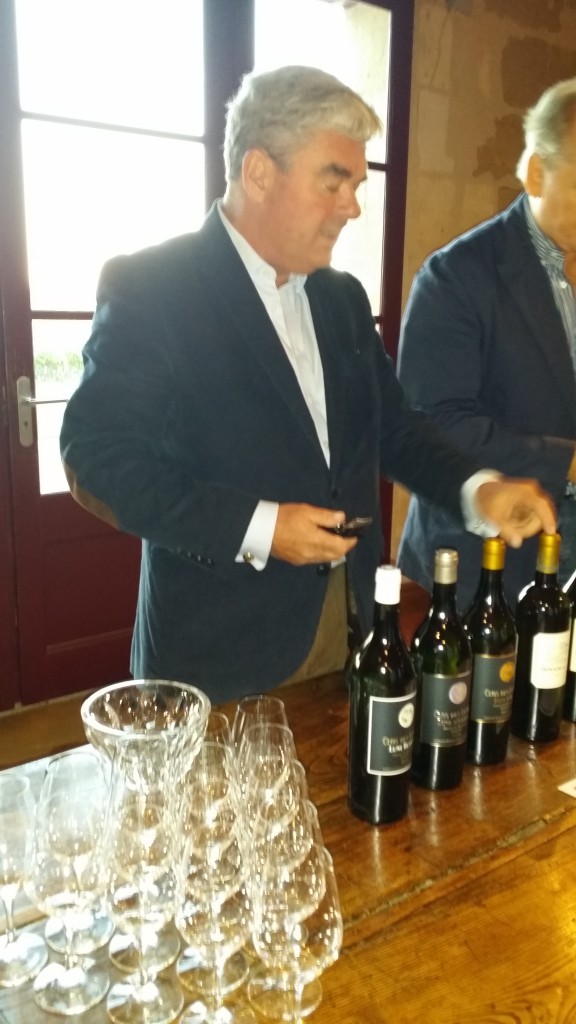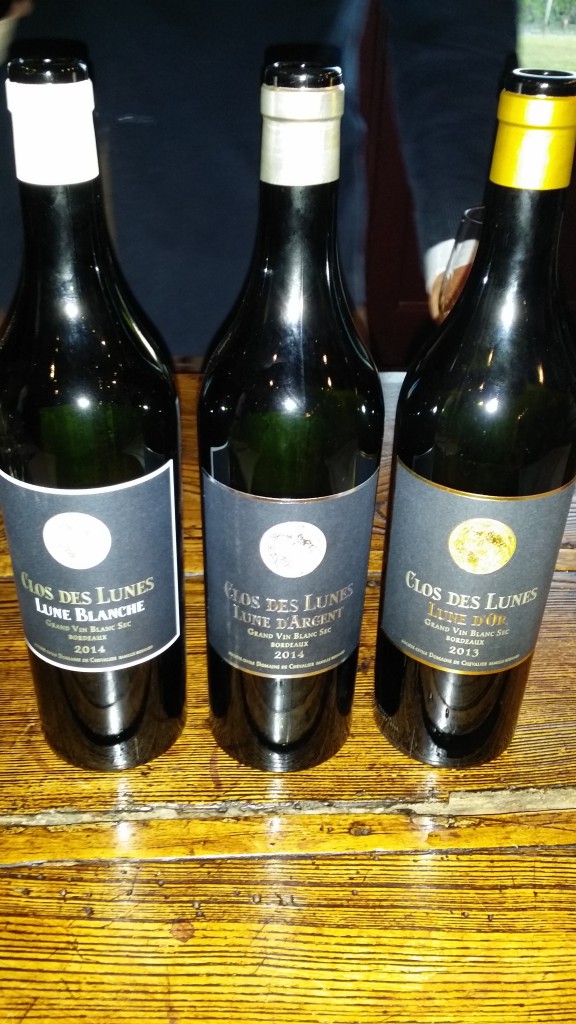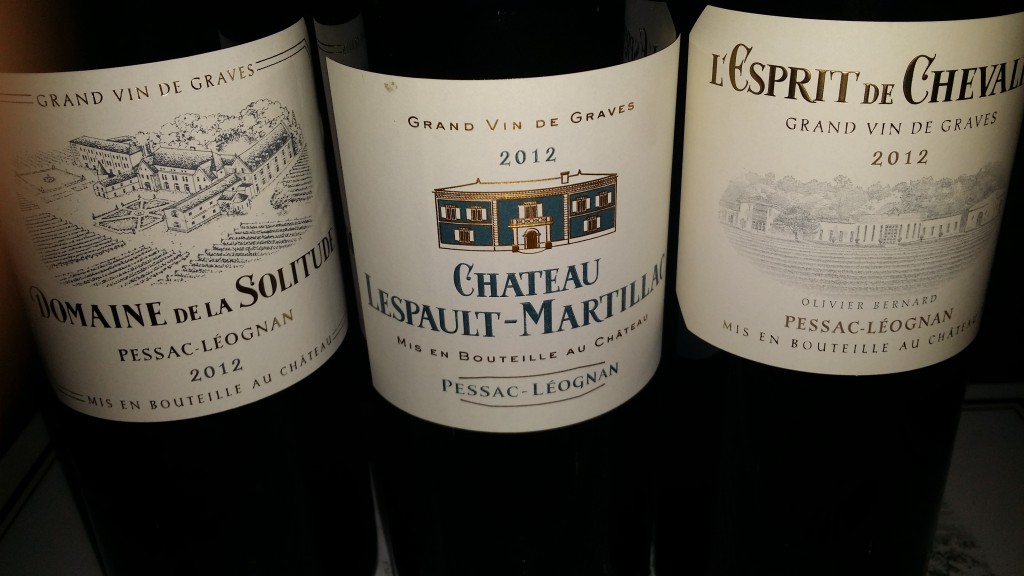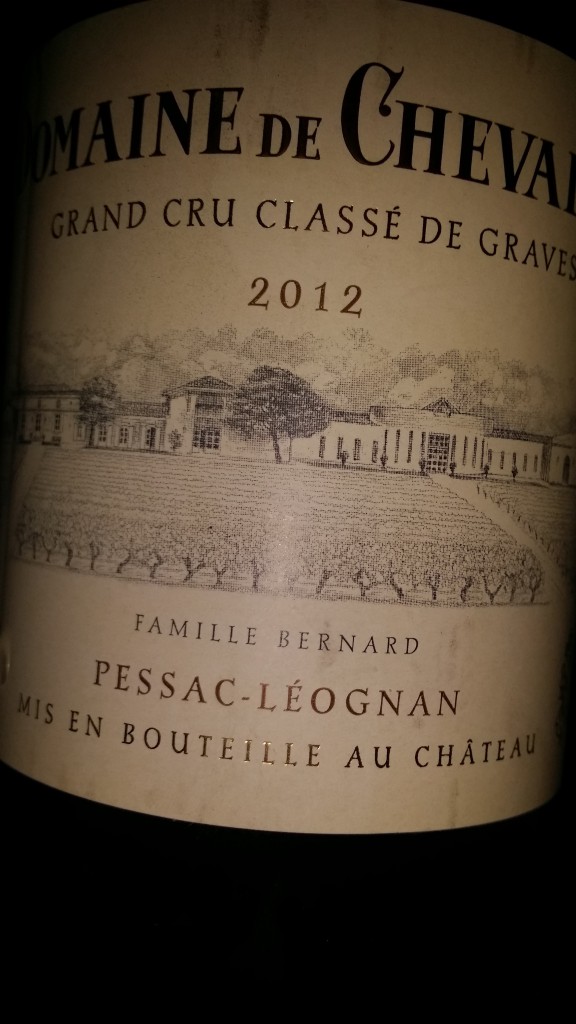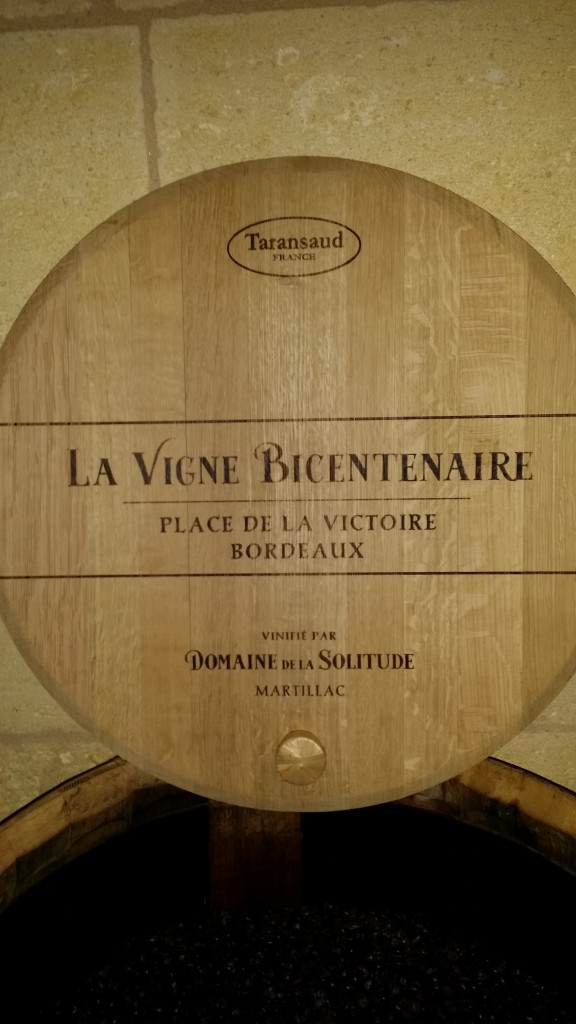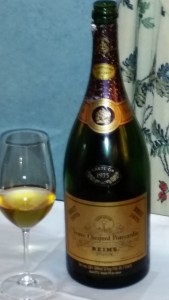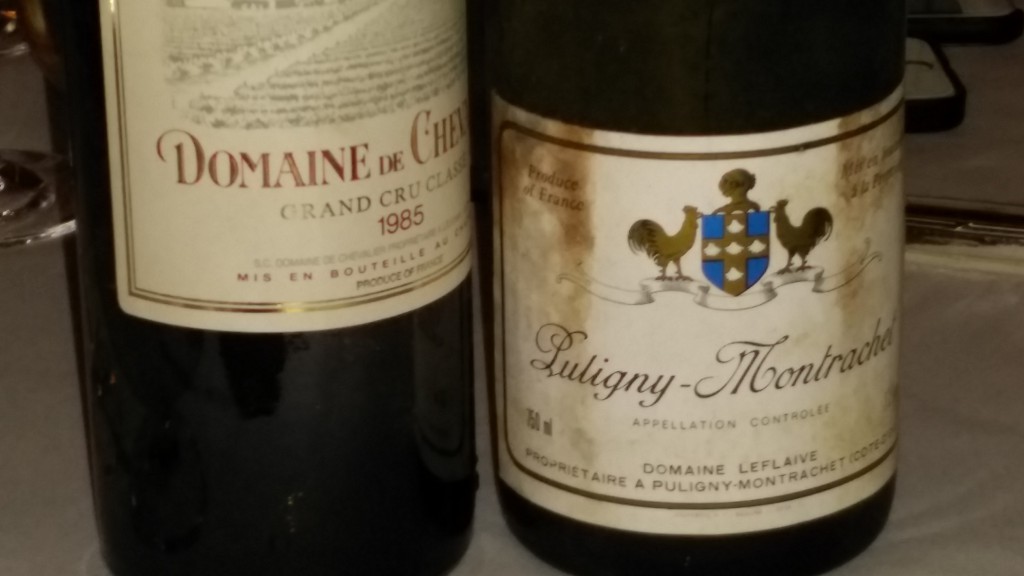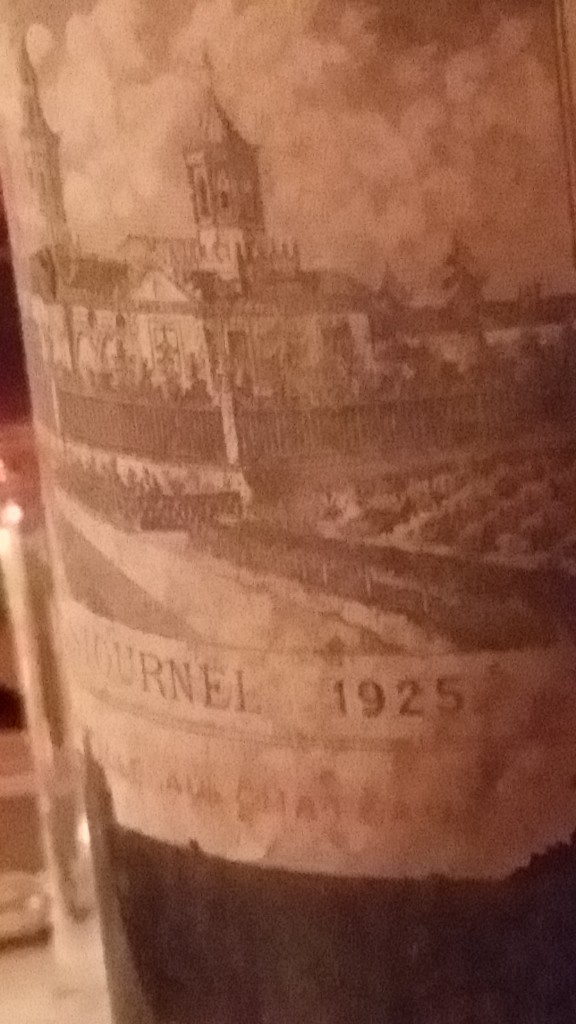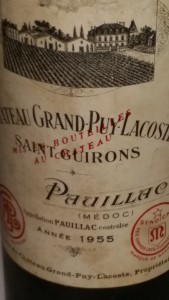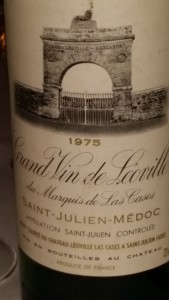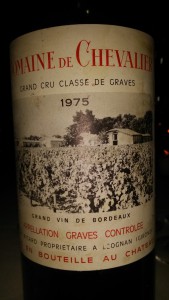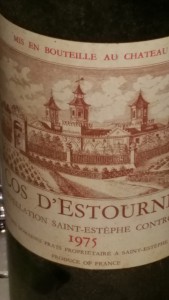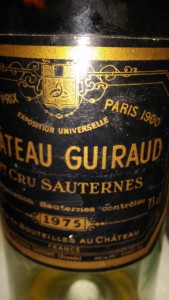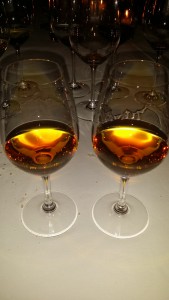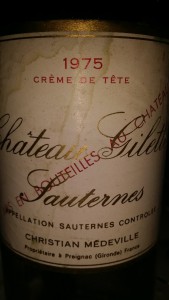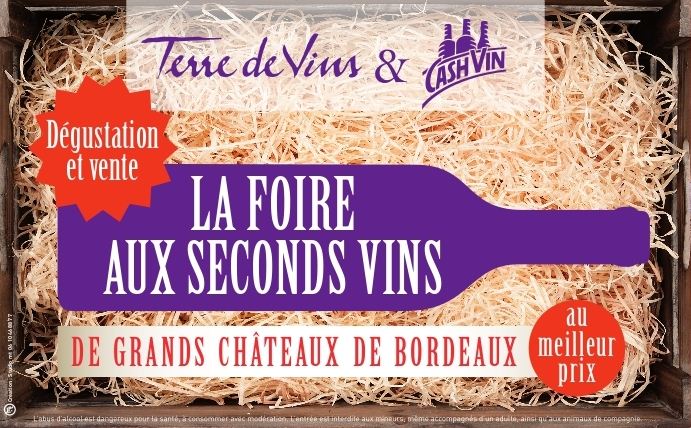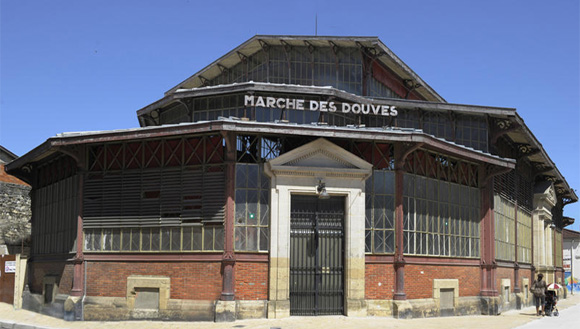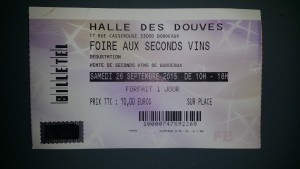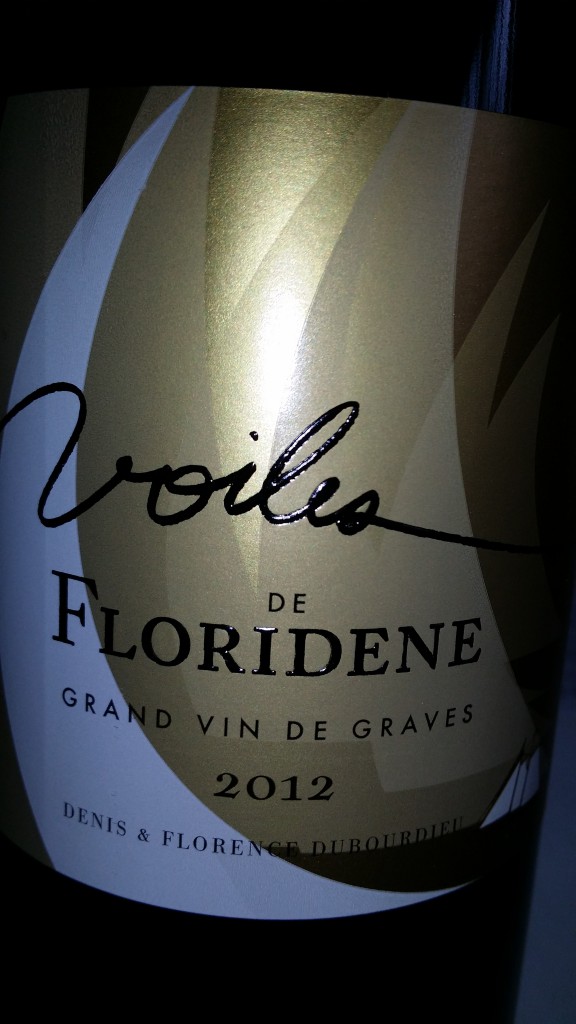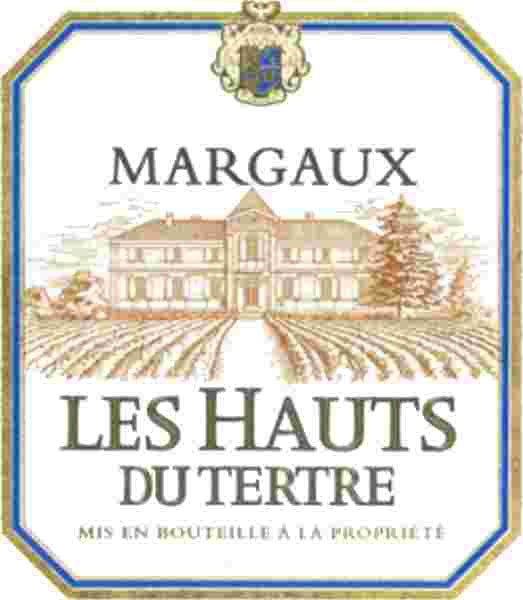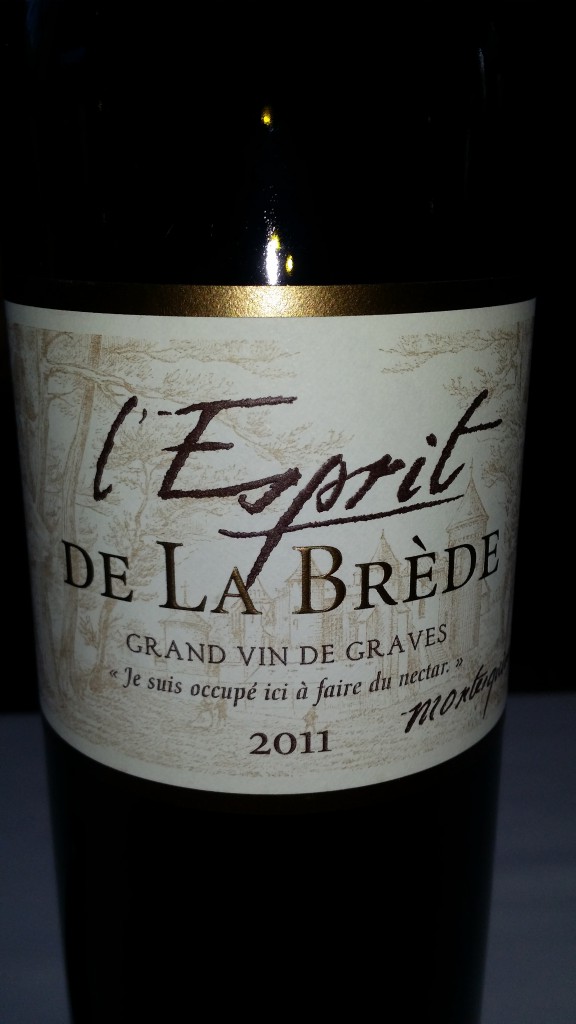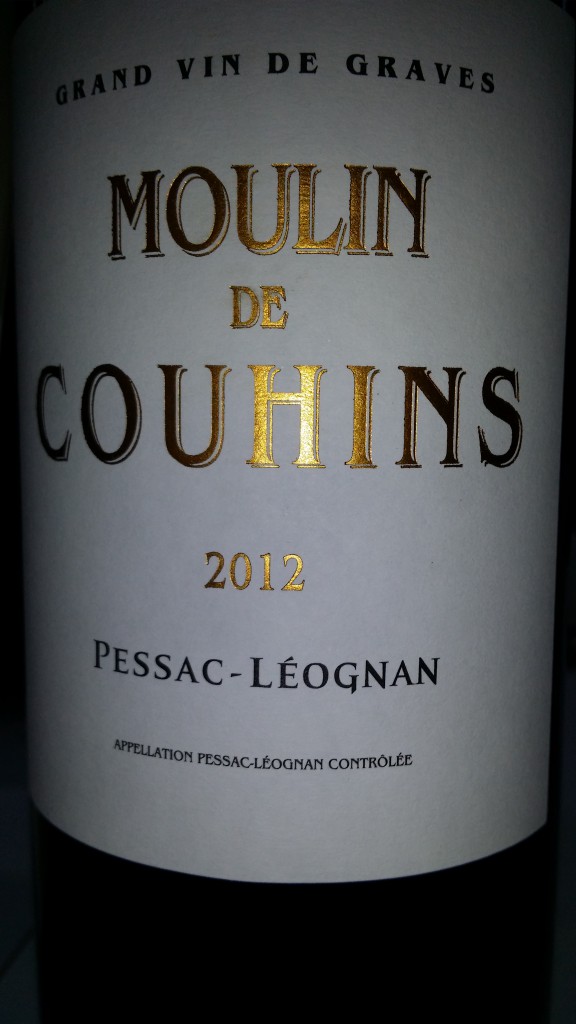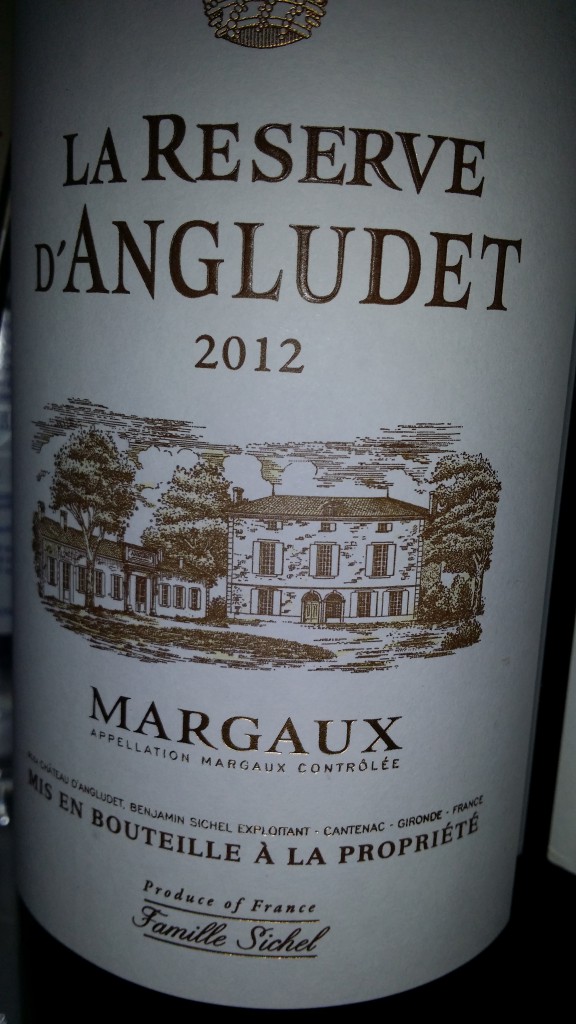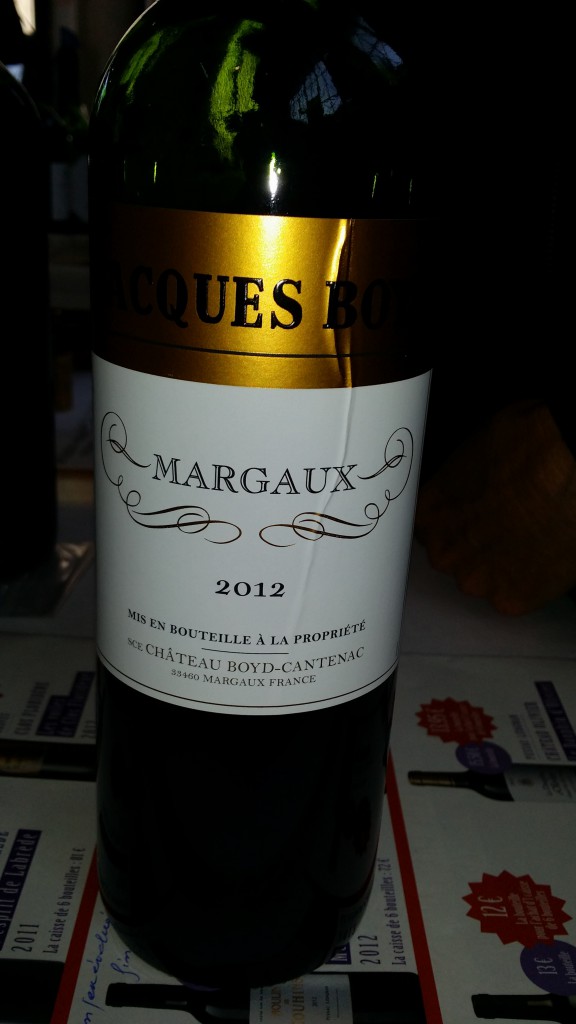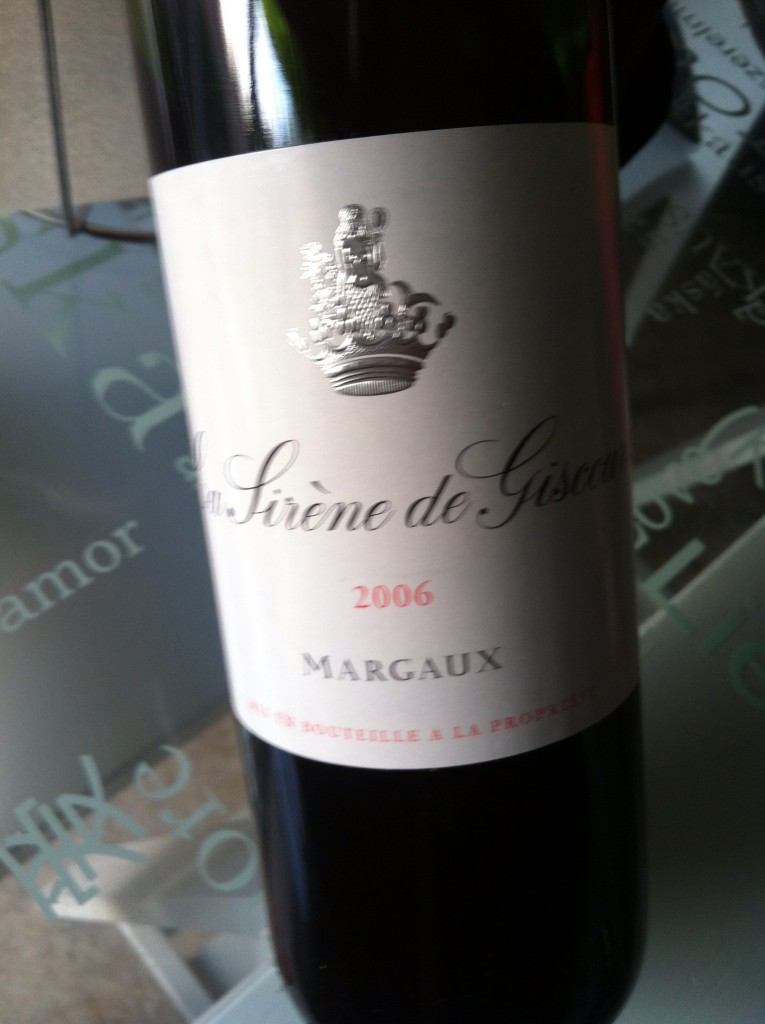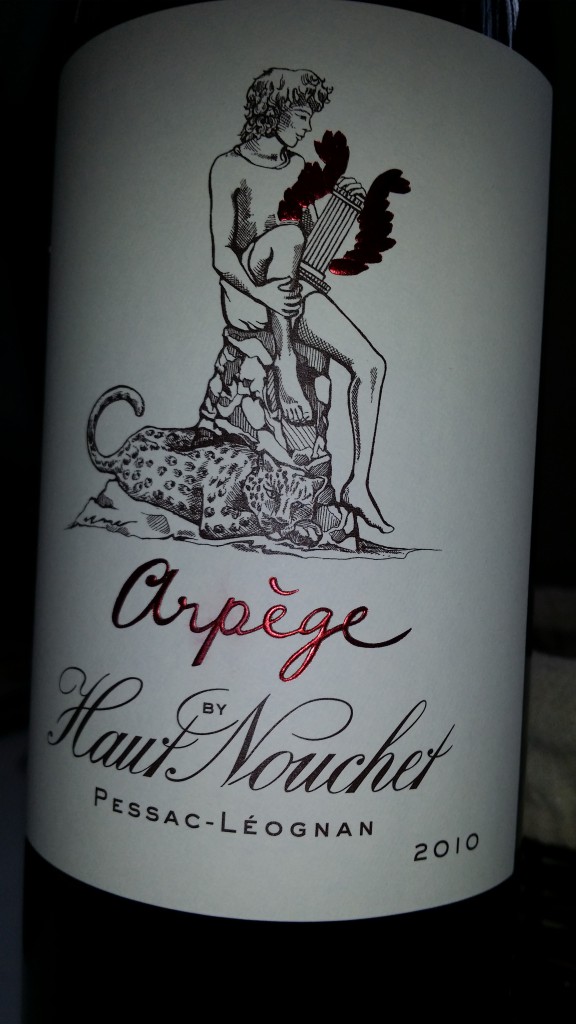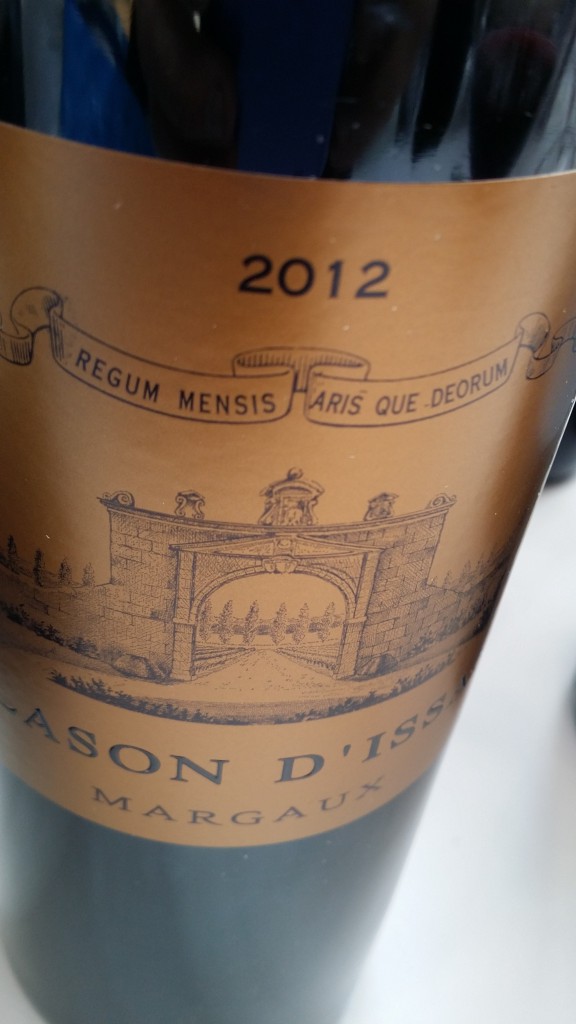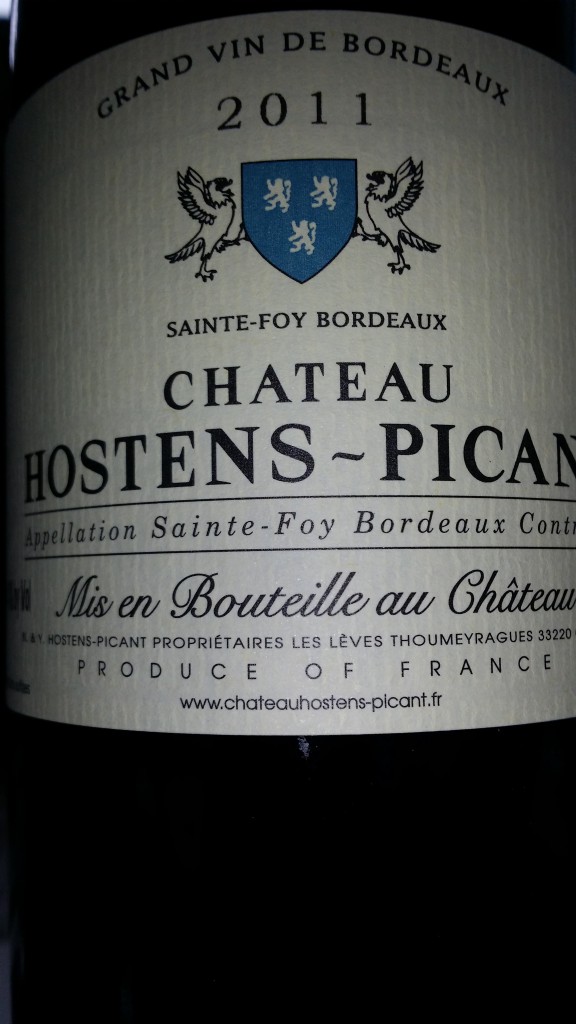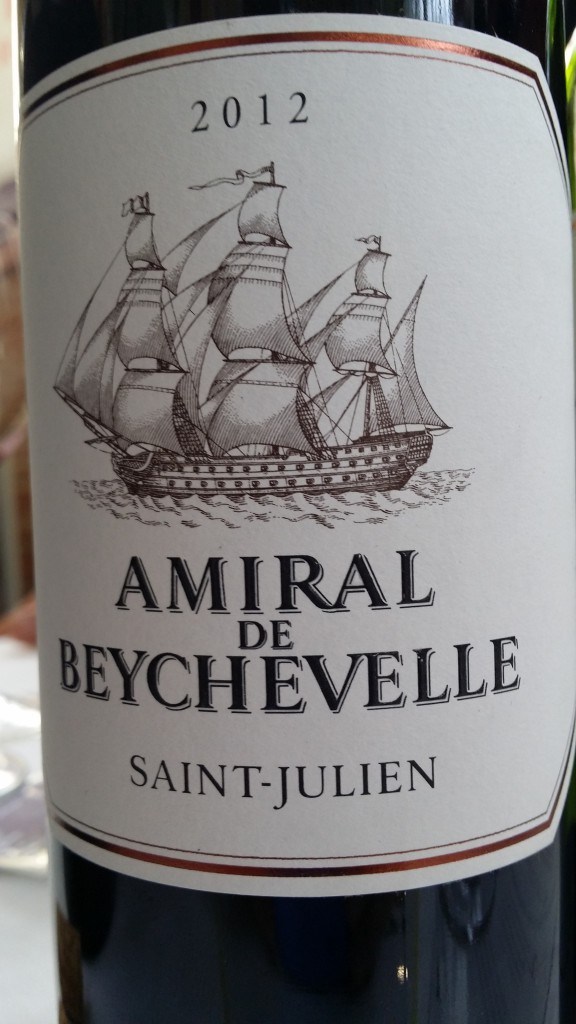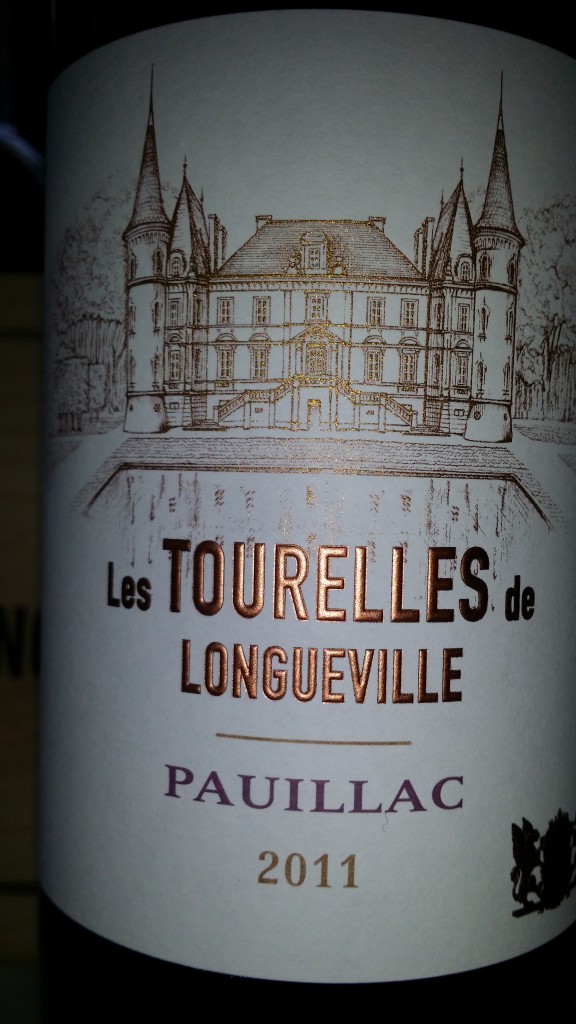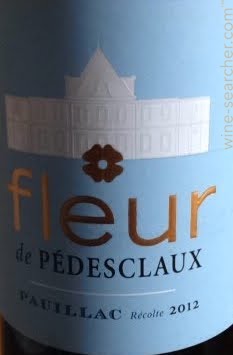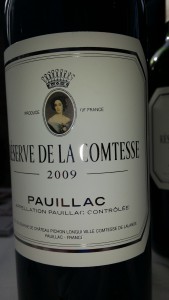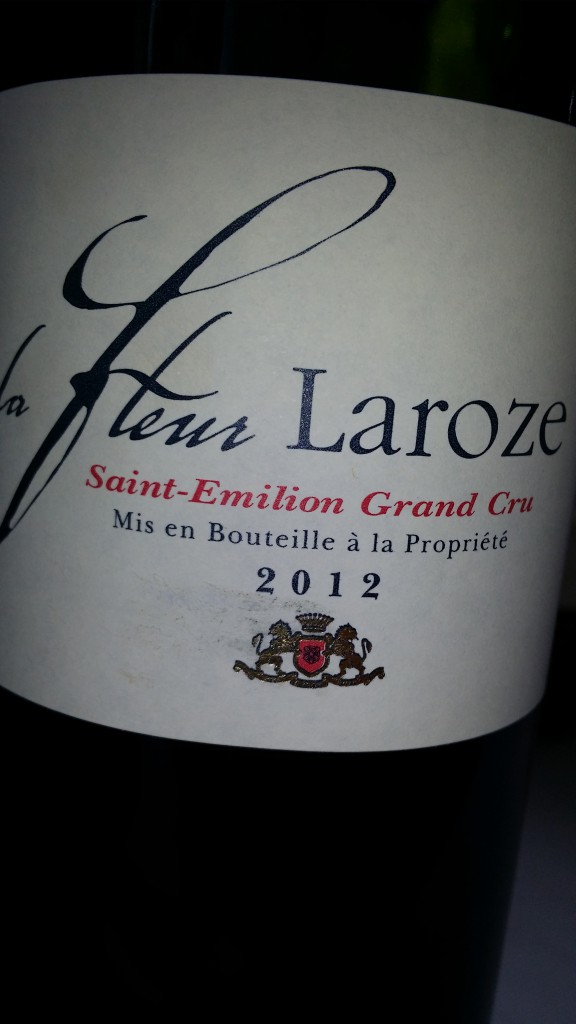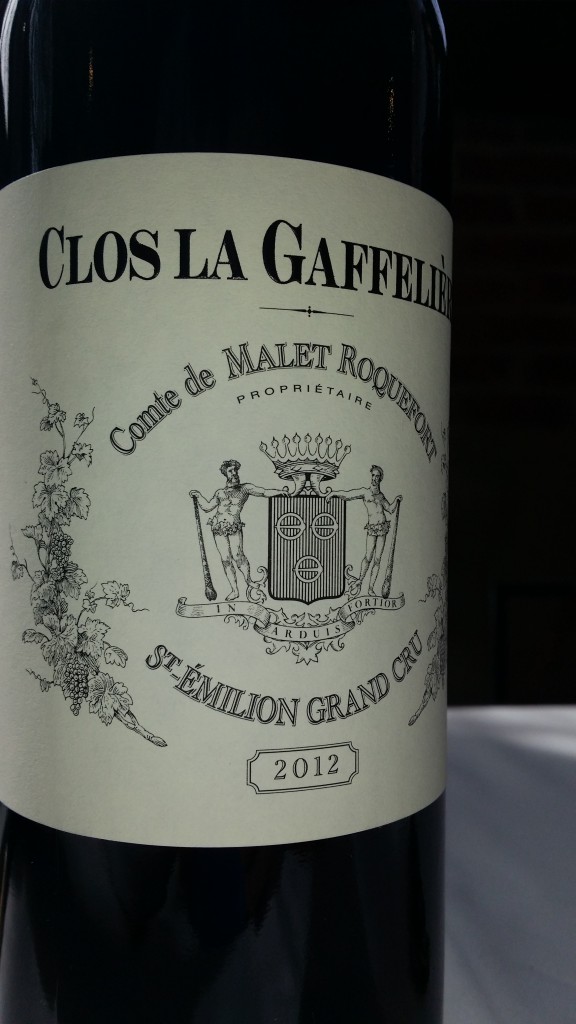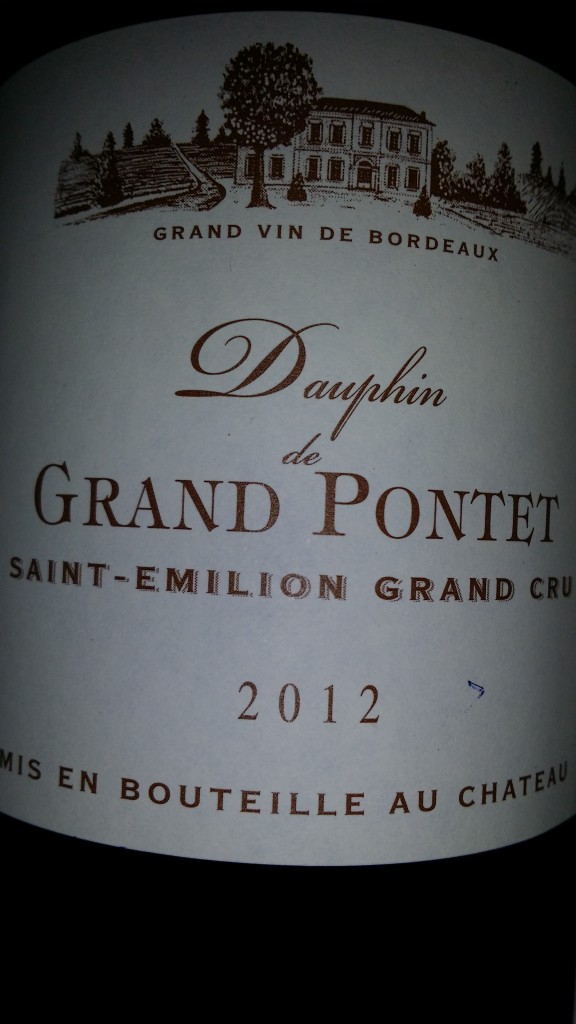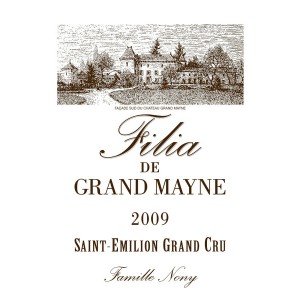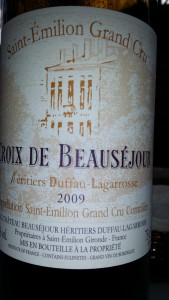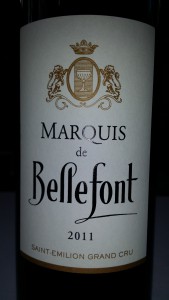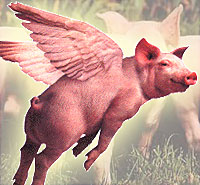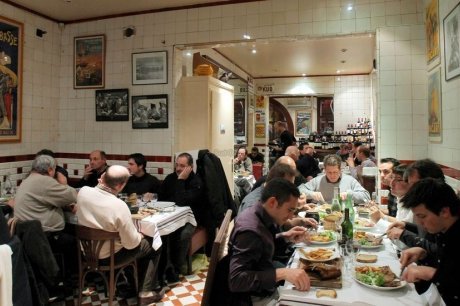A few remarks:
It is impossible to taste everything, but I did evaluate a great many wines over an intense 4-day period. Seeing as I am reserved about numerical rating, especially for wines at the beginning of barrel ageing, there are no scores.
Also, I have not mentioned color because most young Bordeaux of this caliber has a lovely deep color – not to mention the fact that it is deucedly difficult to describe colors with words!
I have included the proportions of grape varieties in the final blend because this can vary considerably from year to year.
N = nose
P = palate
HAUT-MÉDOC
Beaumont
50% Cabernet Sauvignon, 47% Merlot, and 3% Petit Verdot
N: slick and relatively simple with good fruit.
P: an impression of sweetness. A successful commercial style with a fine finish. A winner, and a wine for claret lovers who are after value for money.
Belgrave
74% Cabernet Sauvignon, 23% Merlot, and 3% Petit Verdot
N: inky, cosmetic, and floral. Delicate and slightly smoky.
P: good mouth feel and develops well on the palate. Chewy. A wine of substance. Only reproach is that it is a little short.
Cantemerle
59% Cabernet Sauvignon, 27% Merlot, 8% Cabernet Franc, and 6% Petit Verdot
N: open, generous, sweet, and enticing with a biscuity element.
P: heavy mouthfeel, which is surprising for Cantemerle. Round, rich, and with medium body. Merlot seems to come through more than its proportion in the final blend would suggest, especially on the long aftertaste. One of the best wines.
Citran
59% Cabernet Sauvignon, 27% Merlot, 8% Cabernet Franc, and 6% Petit Verdot
N: soft and a little plummy with unexpected citrus peel aromas!
P: A bit odd, with cough lozenge flavors. Shows marked acidity that bodes well for ageing. There’s a little greenness on the long gummy blackberry aftertaste with a textured, velvety, and slightly hard finish. Not a tremendously classy wine, but a good one. Worth looking into if the price is right.
Coufran
85% Merlot and 15% Cabernet Sauvignon
N: not very attractive at this stage, with some mint (reminder: the bouquet at this point is not paramount).
P: a middle-of-the-road wine starting out soft and then showing considerable acidity. Very supple and best enjoyed within the next five years.
La Lagune
60% Cabernet Sauvignon, 35% Merlot, and 5% Petit Verdot
N: not terribly expressive, but there is some good fruit accompanied by sweet oaky and blackcurrant notes.
P: wonderful plush mouthfeel, and there’s a good tannic backbone to support everything from beginning to end. Only drawback: the aftertaste is not very long.
La Tour Carnet
60% Cabernet Sauvignon, 35% Cabernet Sauvignon, and 5% Petit Verdot
N: almost New Word exuberance of black fruit jelly with a cosmetic aspect
P: sweet and big. In fact, a little too big and assertive, but with a nice aftertaste. A successful modern style, but care should be taken with the role of oak in the rest of the ageing process.
LISTRAC
Clarke
70% Merlot and 30% Cabernet Sauvignon
N: ripe with candied fruit nuances. Some grassy notes and a little sulfur.
P: juicy and round at first, then rather acidic with plenty of oak (70% new barrels) on the aftertaste. A commercial style and certainly acceptable, but not showing very well. Needs to be retasted later.
Fonréaud
45% Merlot, 50% Cabernet Sauvignon, and 5% Petit Verdot
N: sweet to the point of being confected with hints of violet and some reduction.
P: silky soft. Very Médoc with fine-grained tannin. Well-balanced within a fairly narrow register. Strong new oak on the finish.
Fourcas Hosten
54% Merlot, 45% Cabernet Sauvignon, and 1% Cabernet Franc
N: fresh berry fruit and molasses with a little reduction
P: round, upfront, very juicy. Dry tannic finish. On the whole, a crowd-pleasing wine the will be enjoyable young. Not typical of its appellation.
MOULIS
Chasse Spleen
% Cabernet Sauvignon, % Merlot, % Cabernet Franc, and % Petit Verdot
N: deep, but suave, promising nose
P: medium-heavy mouthfeel. Marked acidity. Very fruity and slightly dilute. Long aftertaste. Made to last. Stands out from others at this tasting.
Poujeaux
50% Cabernet Sauvignon, 42% Merlot, 2% Cabernet Franc, and 6% Petit Verdot
N: rich, chocolaty, floral, and smoky – fascinating.
P: rich as well on the palate, with a heavy mouth feel. Long. Delicious. Fine effort. Unquestionably of great growth stature. Derencourt and Thienpont are consultants.
Next installment: Saint Julien

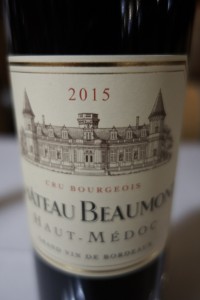
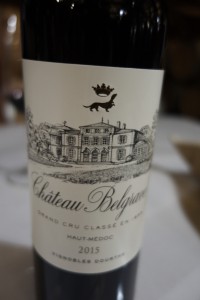
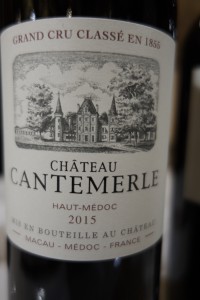
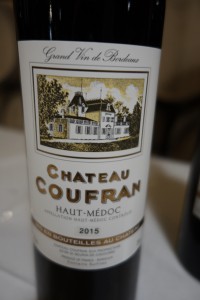
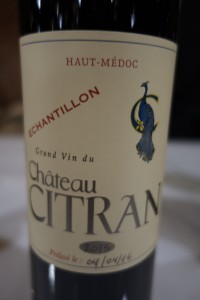
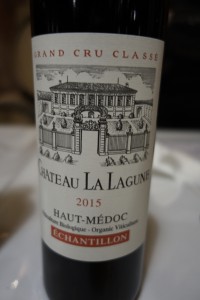
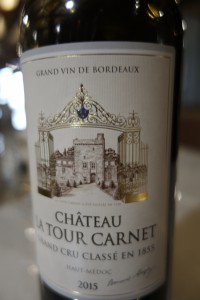
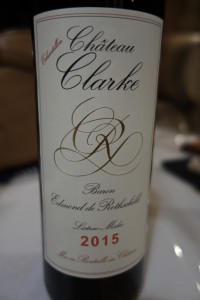
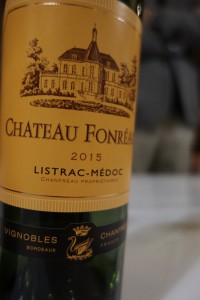
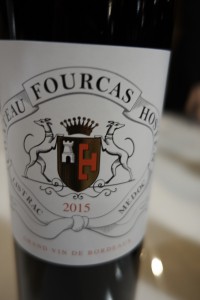
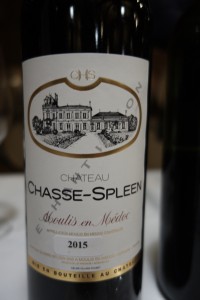
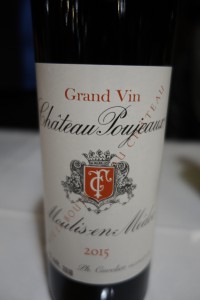
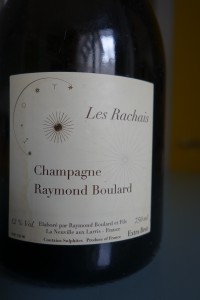
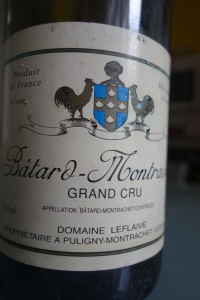
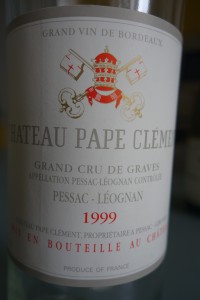
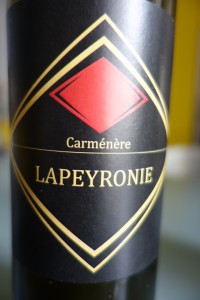
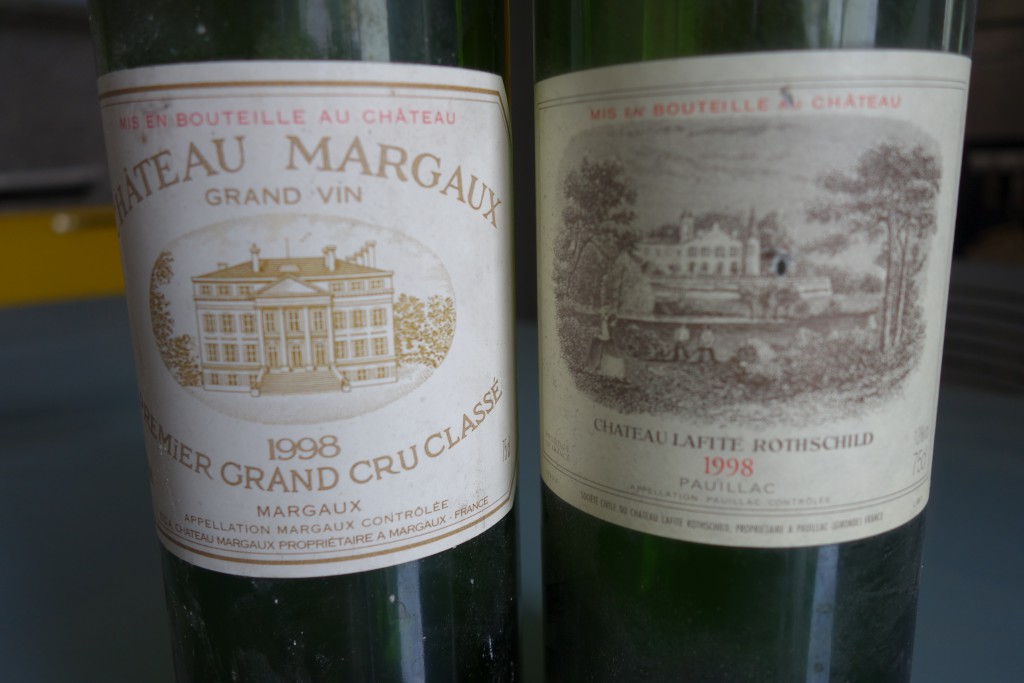
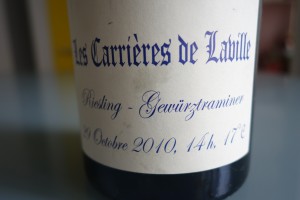
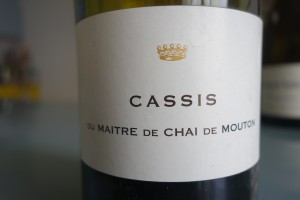
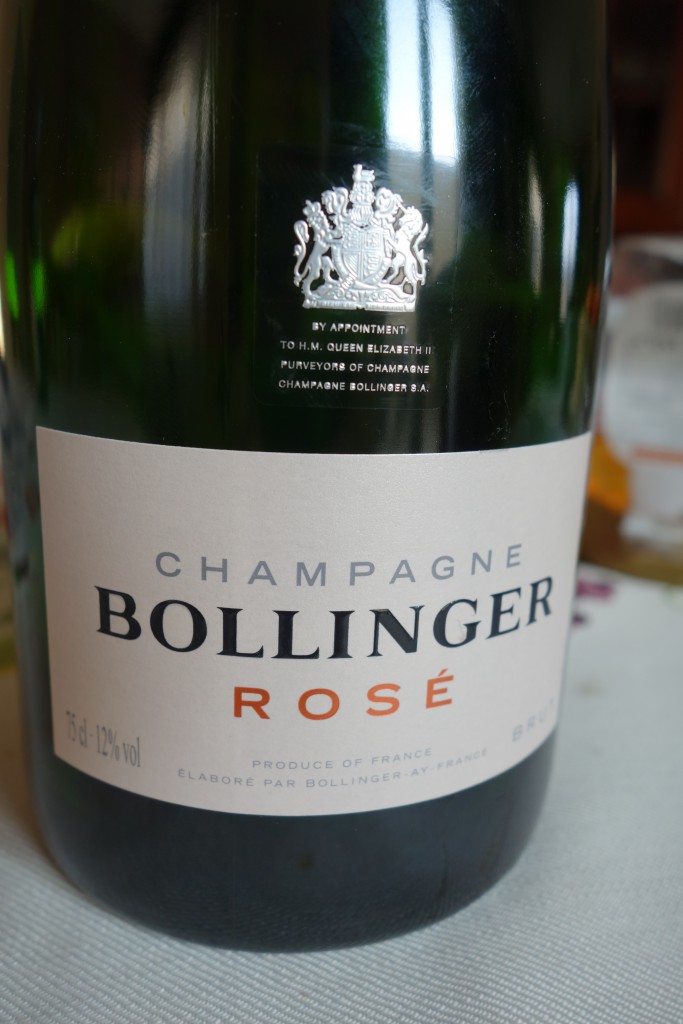
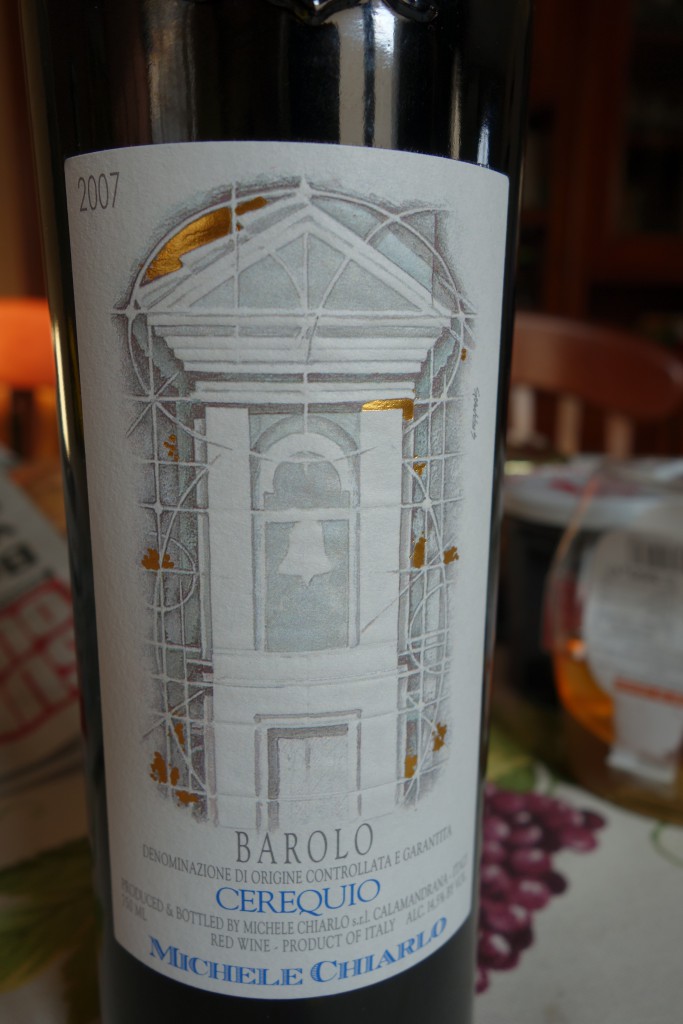
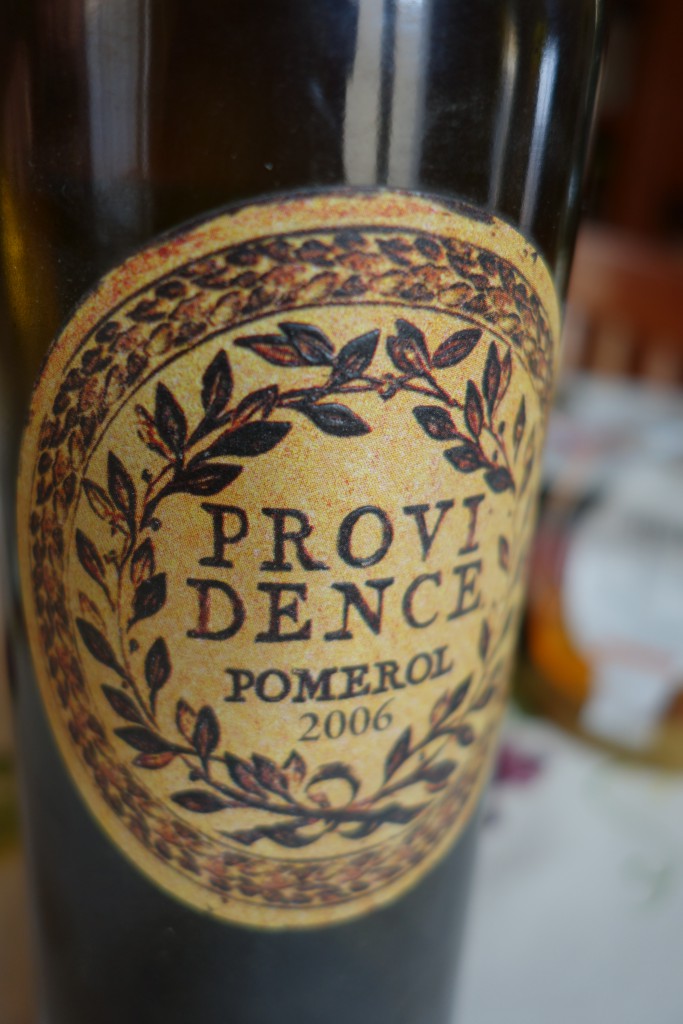
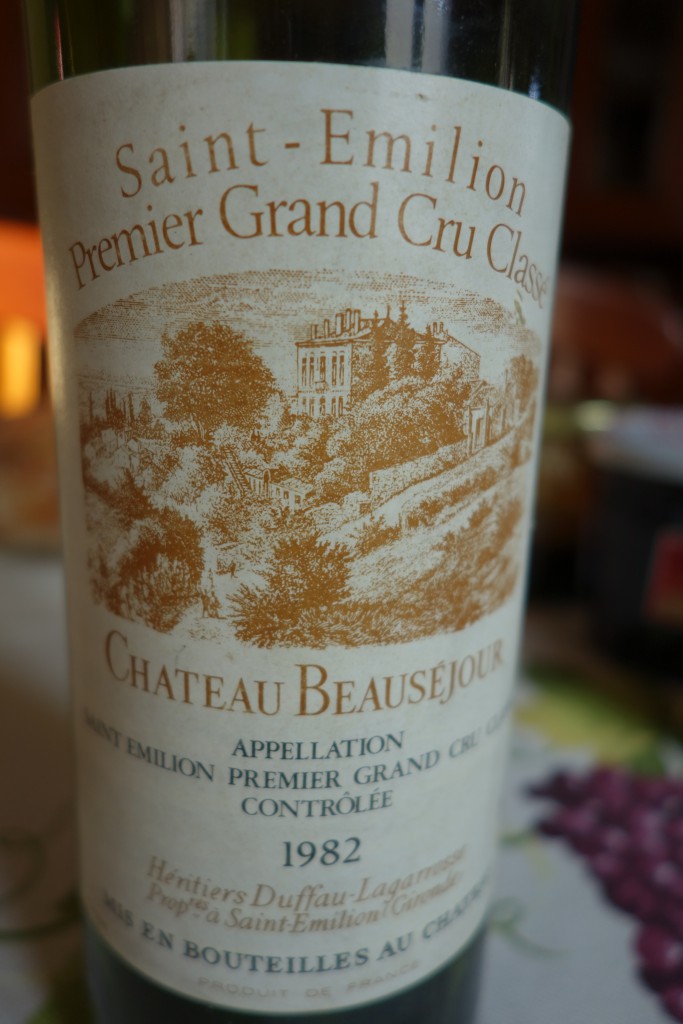
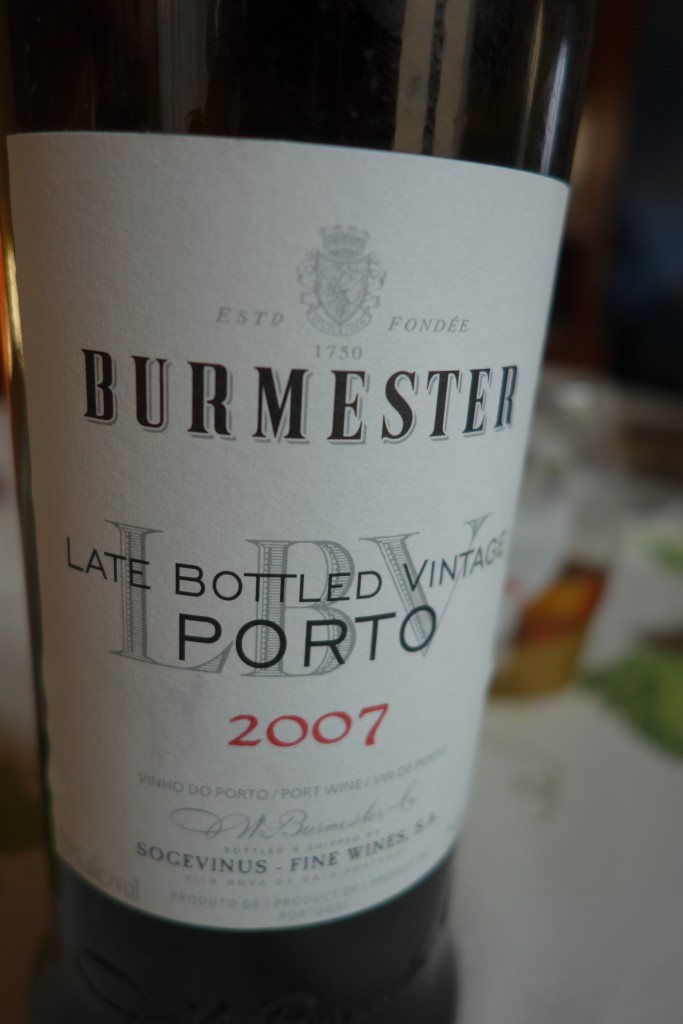
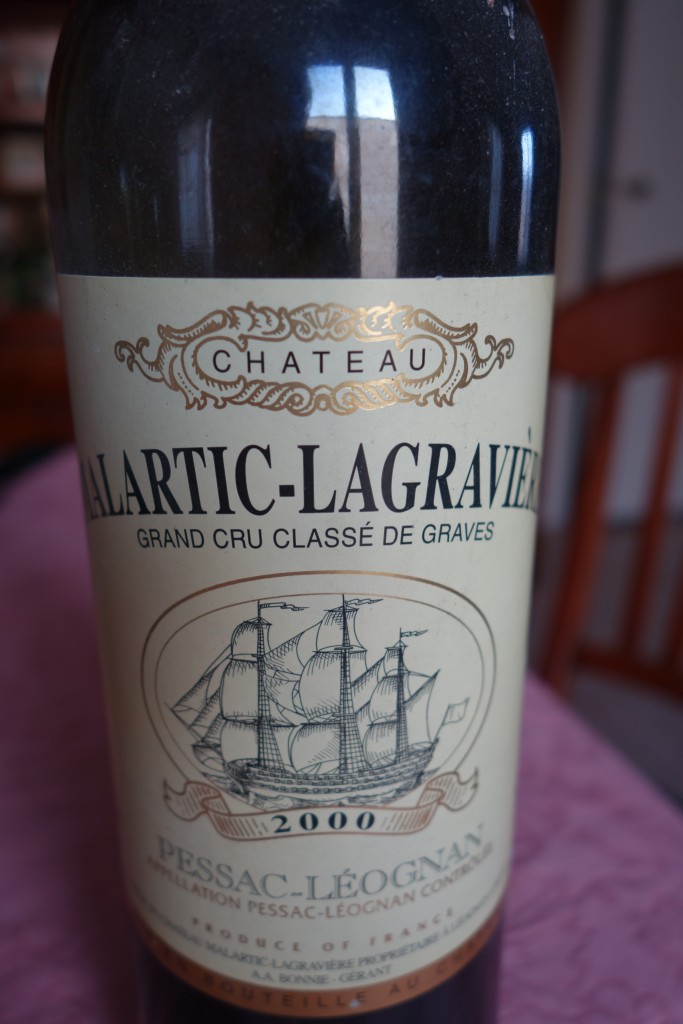
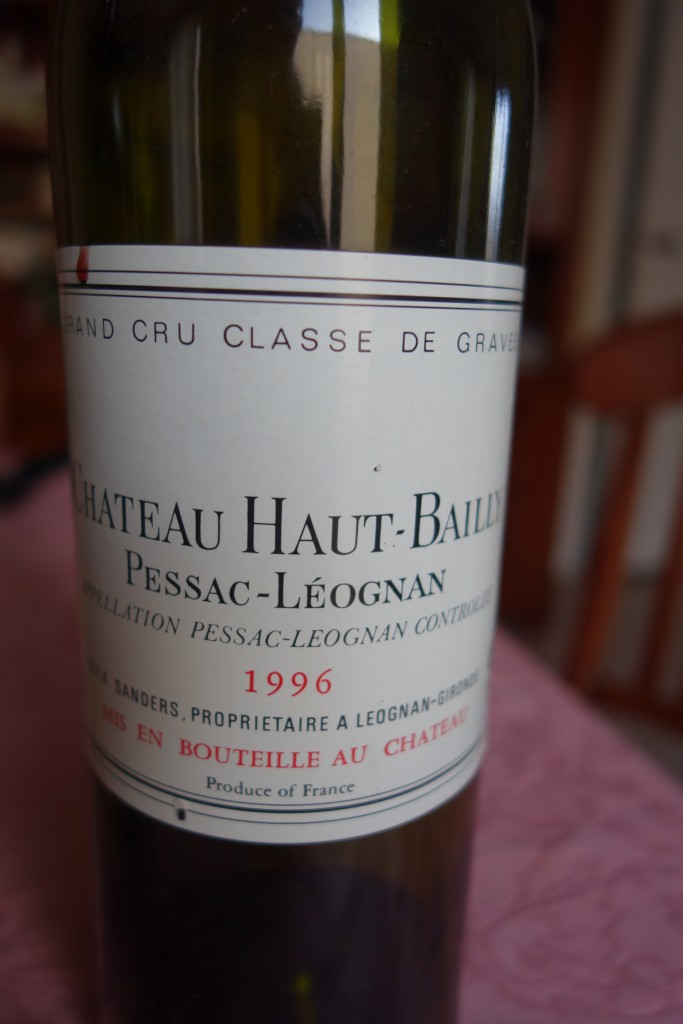
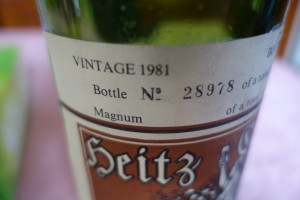
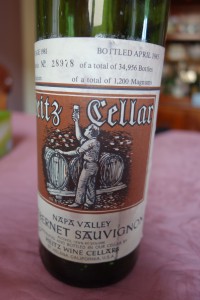
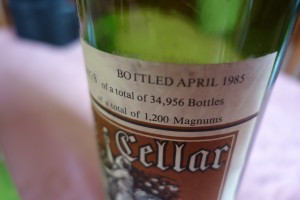
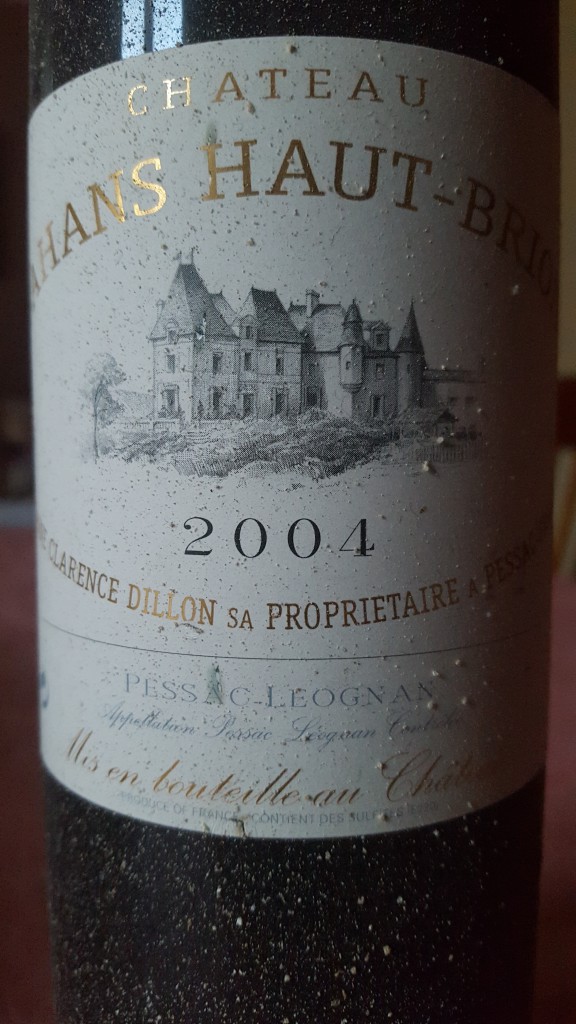
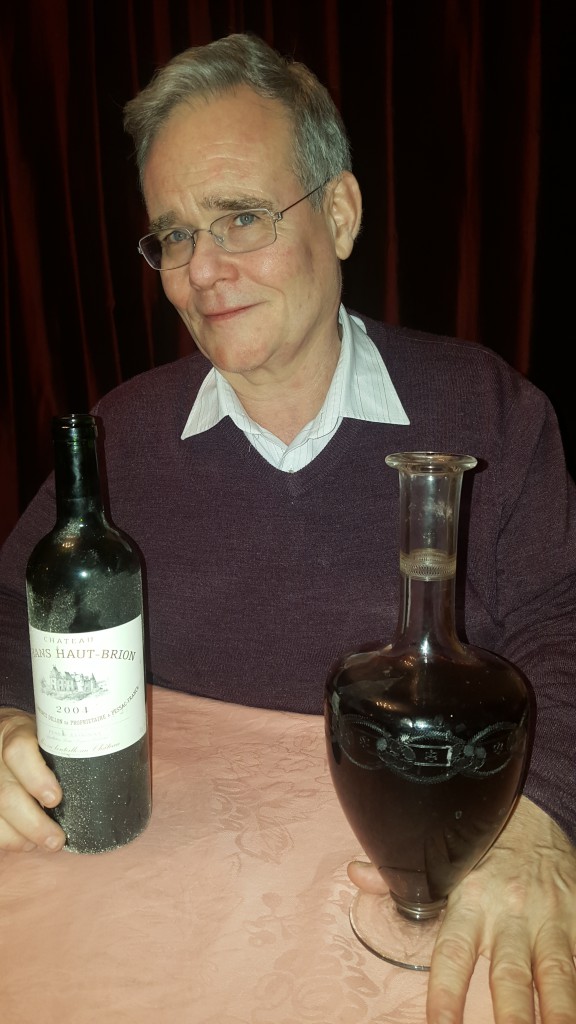
![Thirsty-Dragon[1]](http://www.bordeauxwineblog.com/wp-content/uploads/2015/12/Thirsty-Dragon1-674x1024.jpg)
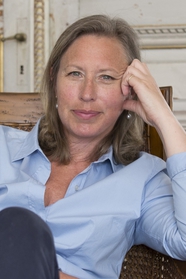
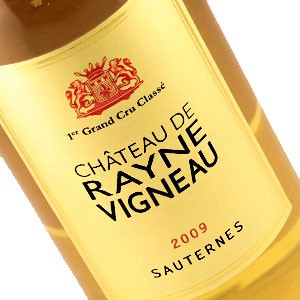
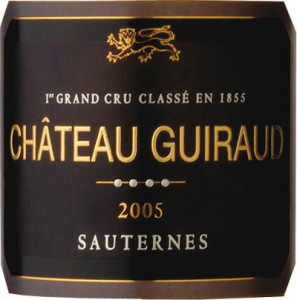
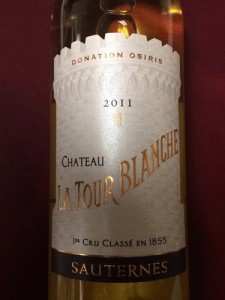
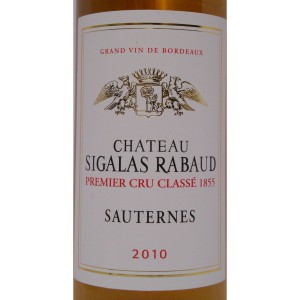
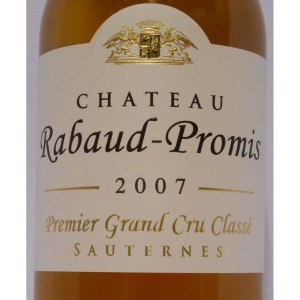
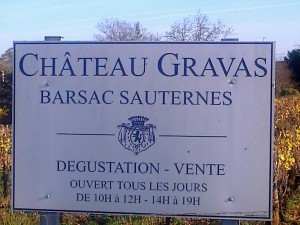
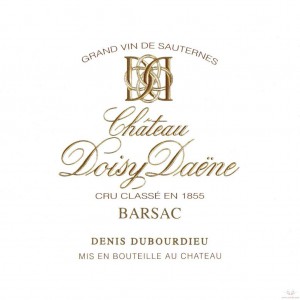
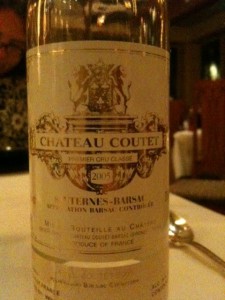
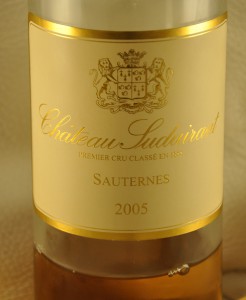
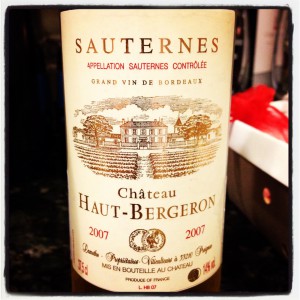
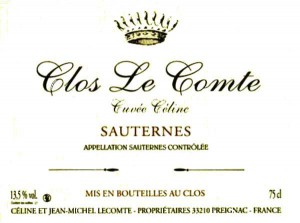
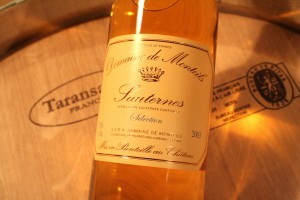
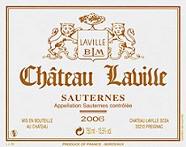
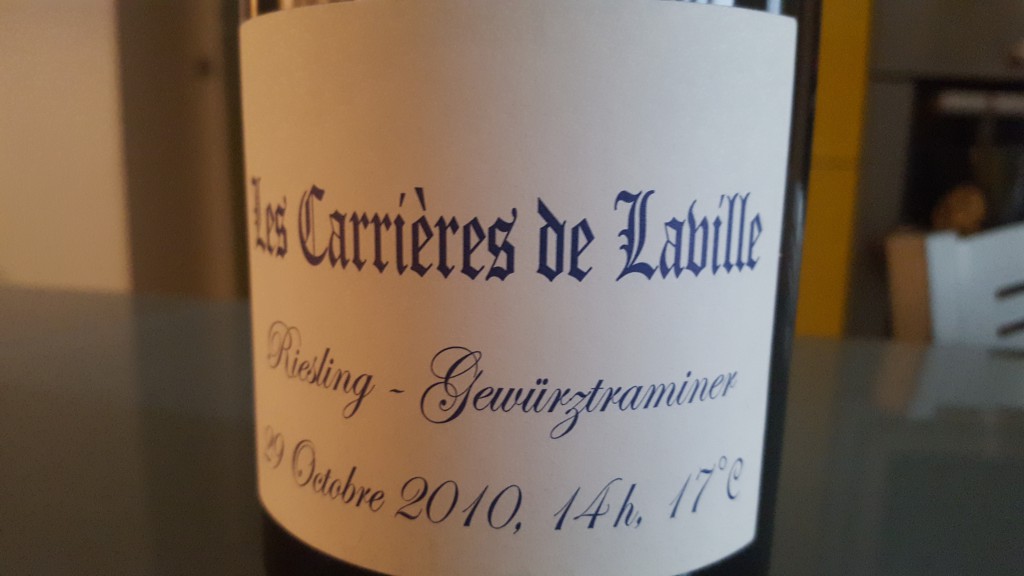
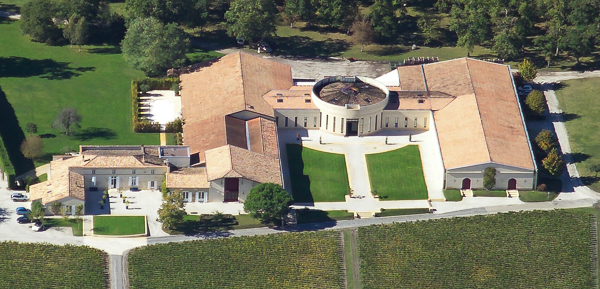
![161560560[1]](http://www.bordeauxwineblog.com/wp-content/uploads/2015/10/1615605601-1024x680.jpg)
